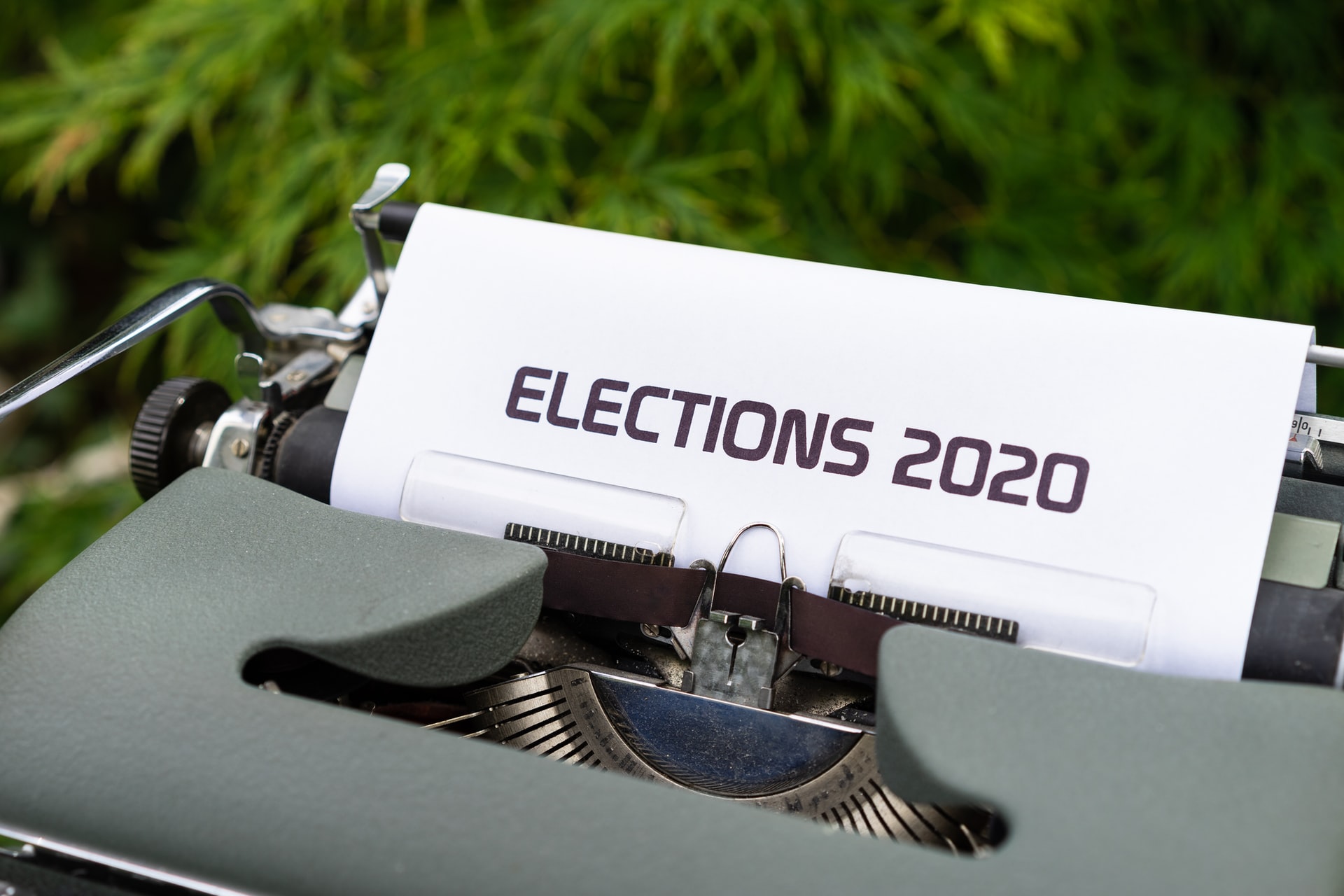
Monetary Policy & Inflation | Politics & Geopolitics | US

Monetary Policy & Inflation | Politics & Geopolitics | US
Recent market moves have largely been driven by expectations that the Democrats are poised to win both the presidency and the Senate and that such an outcome would lead to large bouts of fiscal spending. With Treasury issuance stepped up accordingly and until the Fed adjusts its LSAP programs, the curve should steepen further.
In addition, even the equity markets have started to track the odds of a blue wave. In early September, the S&P500 made a new high on a low in the betting odds of a full Democrat sweep. However, post the first presidential debate, equity investors have been more open to the idea of a blue wave (with stocks tracking those odds) – possibly balancing the impact of a larger fiscal package that could offset some of the tightening from regulations and higher corporate taxes.
That said, we believe markets are being a bit too optimistic about a quick resolution to the election outcome and the potential for both a quick and large delivery of fiscal stimulus in the coming days.
This article is only available to Macro Hive subscribers. Sign-up to receive world-class macro analysis with a daily curated newsletter, podcast, original content from award-winning researchers, cross market strategy, equity insights, trade ideas, crypto flow frameworks, academic paper summaries, explanation and analysis of market-moving events, community investor chat room, and more.
Medium term – Look to short vol./go long risk and short rates on a clear conclusion of the election.
Recent market moves have largely been driven by expectations that the Democrats are poised to win both the presidency and the Senate and that such an outcome would lead to large bouts of fiscal spending. With Treasury issuance stepped up accordingly and until the Fed adjusts its LSAP programs, the curve should steepen further.
In addition, even the equity markets have started to track the odds of a blue wave. In early September, the S&P500 made a new high on a low in the betting odds of a full Democrat sweep. However, post the first presidential debate, equity investors have been more open to the idea of a blue wave (with stocks tracking those odds) – possibly balancing the impact of a larger fiscal package that could offset some of the tightening from regulations and higher corporate taxes.
That said, we believe markets are being a bit too optimistic about a quick resolution to the election outcome and the potential for both a quick and large delivery of fiscal stimulus in the coming days.
The key to the market impact is the margin of victory in the presidential election. With a large margin, both parties are more likely to agree to the results quickly. The parties can then resume the discussions on a fiscal package and reach an agreement before the end-of-year recess. And the sooner an agreement is reached, the lower the risk to the economy.
In the early agreement scenario, if the GOP loses the Senate, we believe it will decide against a ‘scorched-earth’ policy. That is, it will engage with the Democrats on a budget relief package before year-end. Simultaneously, the GOP is unlikely to agree to a package larger than the $500bn they had offered in September.
On the Democrat side it would make sense to agree with the ‘skinny’ stimulus offered by the GOP during a lame duck session and to vote for a much more comprehensive package following the presidential inauguration (i.e. for all practical purposes in February). We believe that with a blue White House and Congress the February package could reach about $2.5tn.
In the early agreement scenario, should the Senate remain Republican, a stimulus agreement before end-year would still be likely. However, a further stimulus would not follow until after inauguration. GOP senators would want evidence of economic need before taking further action. Democrats would sign off on the GOP offer as they would want to avoid appearing as practicing a scorched-earth policy. In addition, rank-and-file democratic lawmakers would likely put strong pressure on their leadership.
In the early agreement scenario, the Fed could ease at the December meeting if the Senate remains red, but the easing would consist of jawboning and tweaks to policy rather than launching even larger LSAPs. The Fed knows it is running out of ammunition; it is likely to be cautious given this uncertain period and, overall, would take a wait-and-see approach before trying to crank down long-term yields.
A narrow victory margin could lead to disputed results and a late agreement on the election outcome. In our opinion that would preclude new stimulus in 2020. In such a scenario the Fed would likely ease at its December meeting, with stepped up LSAPs (and likely duration extension and maybe loosened credit facilities too), even though it would not know the election outcome and implied fiscal policy.
In scenario II, the Senate is more likely to remain red, which implies a smaller stimulus. The smallest stimulus would likely be under a red Senate and a blue White House, as shown by the 2010 precedent when a red Senate imposed pro-cyclical fiscal policy tightening on a blue White House. By contrast, a red White House could get the GOP senators to raise their $500bn ‘skinny’ stimulus. In our view, however, this would be nowhere as high as the stimulus that would be implemented with blue White House and Congress.
Spring sale - Prime Membership only £3 for 3 months! Get trade ideas and macro insights now
Your subscription has been successfully canceled.
Discount Applied - Your subscription has now updated with Coupon and from next payment Discount will be applied.